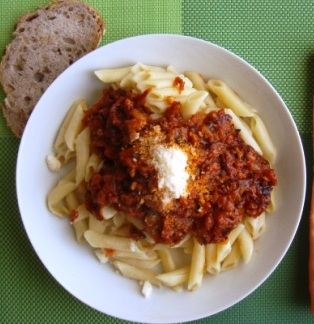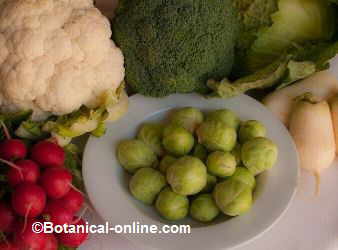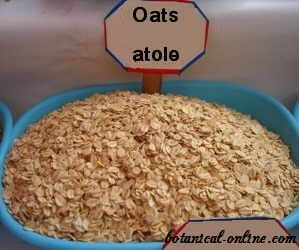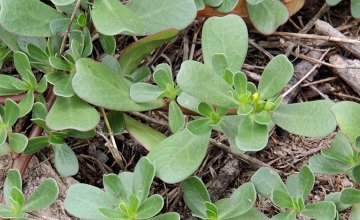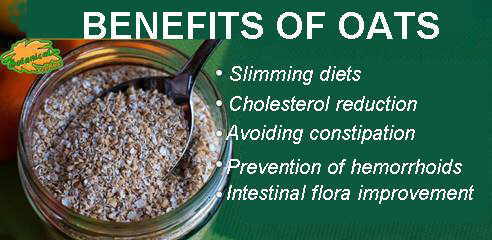Contents
High chylomicrons and triglycerides
Problems having your chylomicrons level too high
Chylomicrons are molecules of fat circulating in the blood after digestion.
These are formed in the intestine and are responsible for transporting the fat we eat to the liver, to be exploited.
The chylomicrons are composed of about 90% triglycerides.
Triglycerides are major fat packages that are transported through the body.
People with high chylomicrons may have no cholesterol, but their triglycerides levels are too high.
Chylomicrons normally do not show up in analytics, since they are only present in the blood for 6-8 hours after eating.
Causes of high chylomicrons
- The main factor is usually hereditary.
- Ingestion of large amounts of food.
- Upper digestive capacity or lack of feeling full, something that happens to very hungry people.

Photo of pasta. Ingestion of large amounts of pasta is usually the first cause of chylomicrons and triglycerides.
Dangers of high chylomicrons
- Chylomicrons are poor in cholesterol (8%), so that this type of alteration present no danger of arteriosclerosis.
- This condition usually involves overweight or obesity. Obesity can have significant health impacts.
Treatment of high chylomicrons
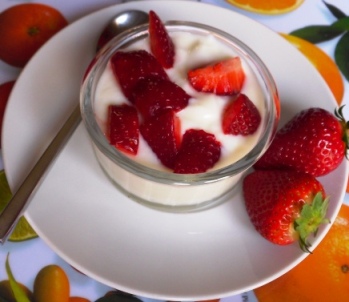
Dairy products and fruits are low in calories, so they are suitable for people with chylomicrons and triglycerides. They provide nutrients, satiety and low calories.
- Walk every day 1 hour: the active lifestyle helps reduce cardiovascular risk and it is the first step to lose weight. For example, try to get into the habit of going down the stairs.
- Reduce fat intake: foods high in fats are oil, butter, bakery products, eggs or meat and fatty fish.
- Take nonfat dairy products: to reduce the intake of dietary fats.
- Reduce the oil intake: Oil is a major source of dietary triglycerides.
- Balance your food rations: the excesses of rice, bread, pasta or vegetables, so food rations have a key role.
- Increase whole food consumption: This is highly recommended. Besides the benefits of fiber, the person may experience greater satiety.
- Always combine with vegetables: All dishes should be accompanied by high-fiber vegetables, such as artichokes, spinach, cauliflower, eggplant, peppers, etc.. Some recommended dishes: chickpeas with spinach, roasted peppers, artichokes stuffed with aubergine vegetables.
- Nonfat yogurt with fiber: Yogurt should be accompanied by a fiber supplement such as glucomannan or chia. Yogurts contain only 4550kcal, so it can be taken in rations of 2 daily without increasing calories. It provides calcium, protein and satiety without fats or sugars. (Pour 23 capsules of glucomannan in the yogurt and mix. Between meals or after eating to increase satiety. Serve with stevia or saccharin for added sensation of sweetness).
- Pickled Vegetables: They provide very few calories but they contain fiber and minerals.. For example, pickles, onions, cabbage and carrot. Avoid olives because they have too fat.
- Do not buy industrial products: Try to buy natural and minimally processed foods. Precooked products such as pizzas, microwave products, frozen chips, frozen breaded meat, frozen cakes, chocolate, creams cream carton, etc. are very high in fat, and some of them, in trans fats. Avoid these products to improve your cardiovascular health.
* More information: Diet for triglycerides
![]() More information about cholesterol
More information about cholesterol

